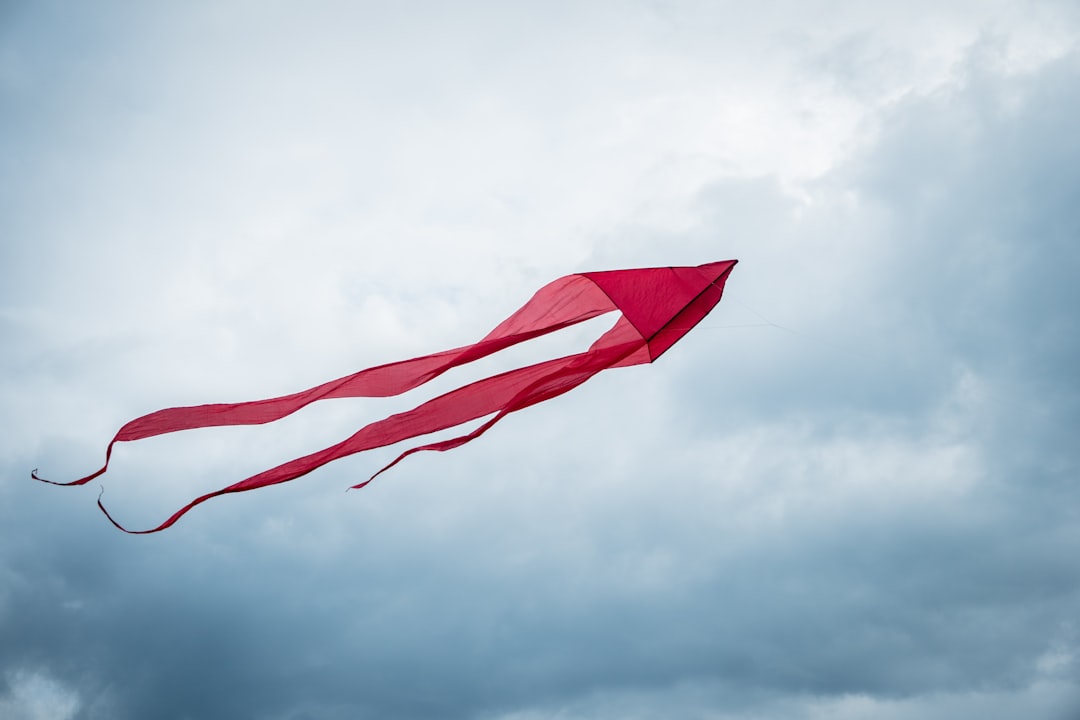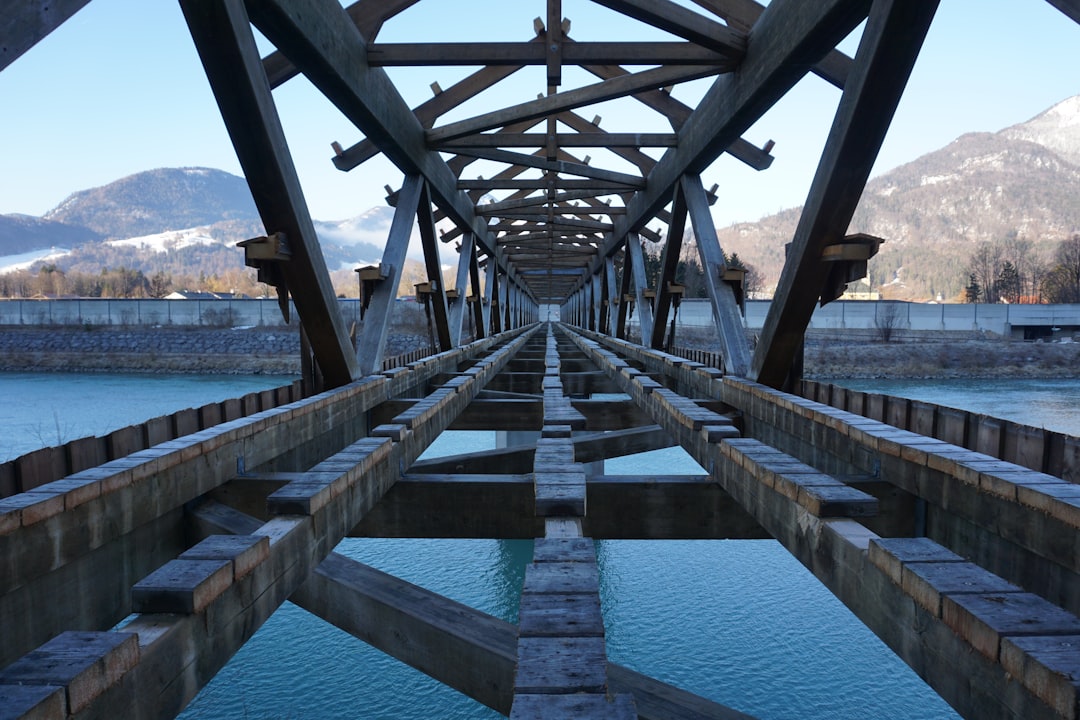What is it about?
In the article I examine a case study of feature films produced by Polish Army stationed in Italy after the Second World War. By examining different contexts of those films (political and propaganda agenda behind those films, historical plausibility of the narrative, censorship in Italy, distribution mechanisms limiting their visibility in Italy, as well as their entanglement in the early cold war tensions and international diplomacy), I aim at analysing the post war Italian film culture though the lens of politics and international diplomacy at the very beginning of the cold war.
Featured Image

Photo by Museums Victoria on Unsplash
Why is it important?
My case study contradicts cliches according to which the early cold war film culture in Italy is usually described. The studies usually focus on the anticommunism of the cold war culture, red scare, fear mongering. However, the films I discuss, aiming at denouncing the Soviet regime and the unjust situation of Poland in the wake of the Second World War, by no means were given the visibility (state censorship, limitation imposed by the distribution, and harsh criticism). The examination those film on the backdrop of a broader political context shows the impact of a philosovietic mode of Italian diplomacy and film culture, questioning the opposite phenomenon of anticommunism and antisovietism in early cold war Italy.
Perspectives
Although I wrote this article before the war in Ukraine, my conclusions leads to a very disturbing problem emerging in the current war: the struggle for gaining the visibility by central and eastern European nations vis-a-vis the Russian (or Soviet) imperialism, violent imposition of its hegemony as well as the normalisation of the relations between Russia and the West at the expense of the central and eastern Europeans.
Karol Jóźwiak
Uniwersytet Lodzki
Read the Original
This page is a summary of: What are we fighting for? Michał Waszyński’s Italian-Polish films on the Second World War, Journal of Italian Cinema and Media Studies, June 2023, Intellect,
DOI: 10.1386/jicms_00200_1.
You can read the full text:
Contributors
The following have contributed to this page










